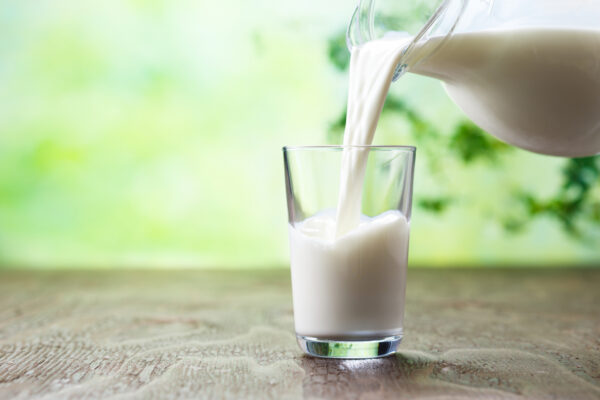Maria.vegan4ever posted a meme saying, “Got milk? Well, baby cows don’t,” with a calf saying “My mama made that milk for me!” The caption of the picture explained that we should not drink “stolen” milk and that inherently milk is bad for us. Another account, milkhurts, promotes “scary facts about dairy.” These are just two of thousands of accounts bashing the dairy industry. During the past few decades, cow’s milk has been maligned for everything from sugar levels and fat to milking practices and antibiotics.
This hatred toward milk puts an incredible burden on hard-working farmers across the country, and misinformation about dairy substitutes continues to mislead consumers. More of us need to examine our obsession with milk alternatives and understand how it affects farmers and the public.
Years ago, milk was all the rage. In the early 1900s, cow’s milk was a national commodity, and in 1946, Congress passed laws to ensure milk was available with all school lunches. Dairy farms have been owned and operated by families for generations, and this is still true of nearly 95% of dairy farms. In the 1930s, dairy production stretched from North Carolina to Wisconsin with production even growing in Texas, as Borden established processing plants across the state. Into the 1950s, ’60s, ’70s and ’80s, milk was widely seen as a good source of calcium, vitamins and proteins. In the 1990s, the Got Milk? ad campaign of my generation showed Beyoncé and Britney Spears with milk mustaches.
But in the late 2000s, things started to change. Enter “milk” alternatives.
Blue Diamond Growers, a cooperative of almond farmers in California, seized an opportunity to enter the nondairy market and out-compete Silk, which was making and selling soy milk. The result, Almond Breeze, was wildly successful. In 2011 alone, almond milk sales increased nearly 80%, and Almond Breeze took over as the best-selling plant beverage in the country by 2013.
In the years to follow, we would see the rise of hemp, rice, cashew and oat milk, to name a few. Plant-based beverages represented almost 15% of the milk category in 2019, and sales of plant-based milk grew 5%. That same year, total sales of milk dropped by $1 billion, and this was attributed to the wild growth of alternative “milk” products. The growth really has been dizzying: The market size of the milk alternatives industry was estimated at $11.9 billion in 2017 and expected to grow each year. The desire for oat milk, for example, was so strong that there was a shortage of the drink in 2018 — leading to the online Oatly marketplace selling cases of the product for $200 or more. $200?
But there is misinformation surrounding dairy substitutes. Calling each of these drinks “milk” is not really accurate. In 2019, the commissioner of the Food and Drug Administration said that nut milks should not be called “milk” because nuts do not lactate — a key identifying trait of any kind of milk — cow, goat, sheep, etc.
In addition, there are key nutrients in dairy products that are completely missing in plant-based products. For example, cow’s milk contains nine essential nutrients; some almond-based beverages contain zero. While I understand that some folks cannot drink milk (I have many lactose-intolerant friends) we must at least be more aware of what is in nut beverages and what impact this beverage industry has.
I’m tired of seeing memes of baby cows — a dietician friend sent me a picture of the dairy farm she visited recently in Fort Worth and said it was incredible to meet the family of farmers and learn about their dedication to their craft. In fact, the Texas dairy industry contributes about $50.3 billion in total state economic impact and accounts for $1.6 billion in state taxes, with Texas ranking fifth in milk production and cow input nationally.
So let’s stop the #ditchdairy trends and instead recognize the burden this puts on local farmers across the country and understand the real information behind dairy substitutes. That will be so much more a-moo-sing.
Annika Olson is the assistant director of policy research at the Institute for Urban Policy Research and Analysis at The University of Texas at Austin.
A version of this op-ed appeared in the San Antonio Express News and the Austin American-Statesman.




